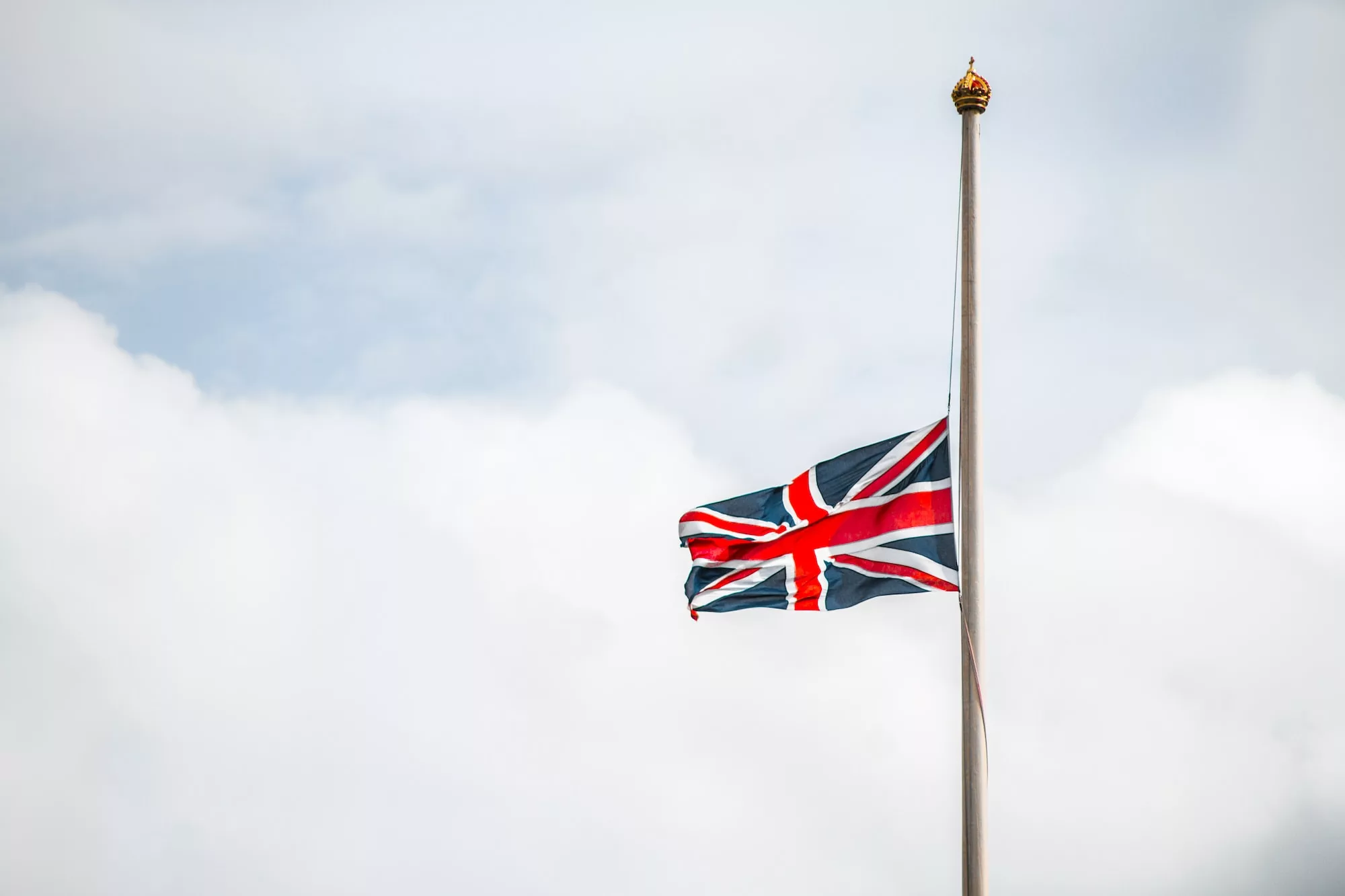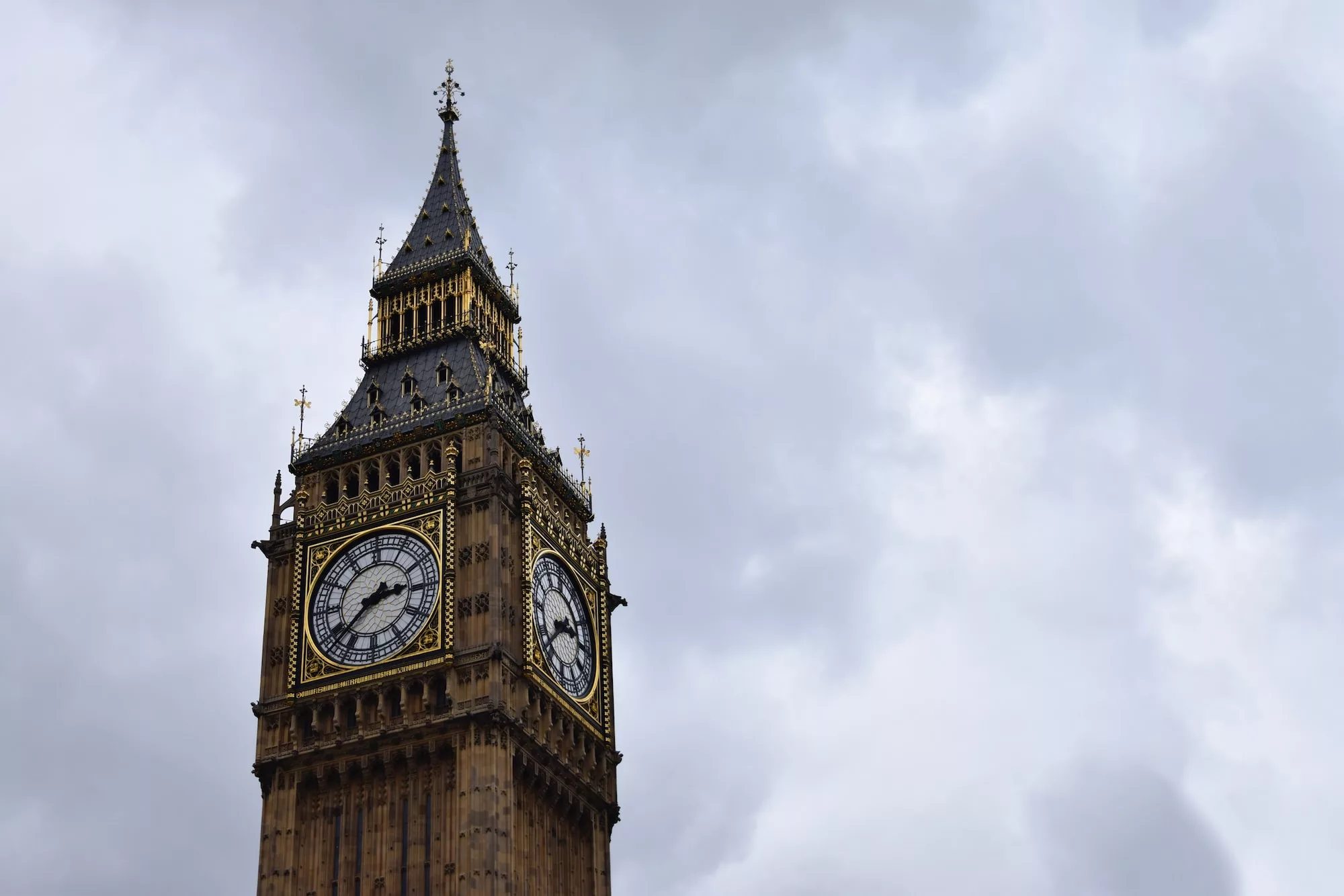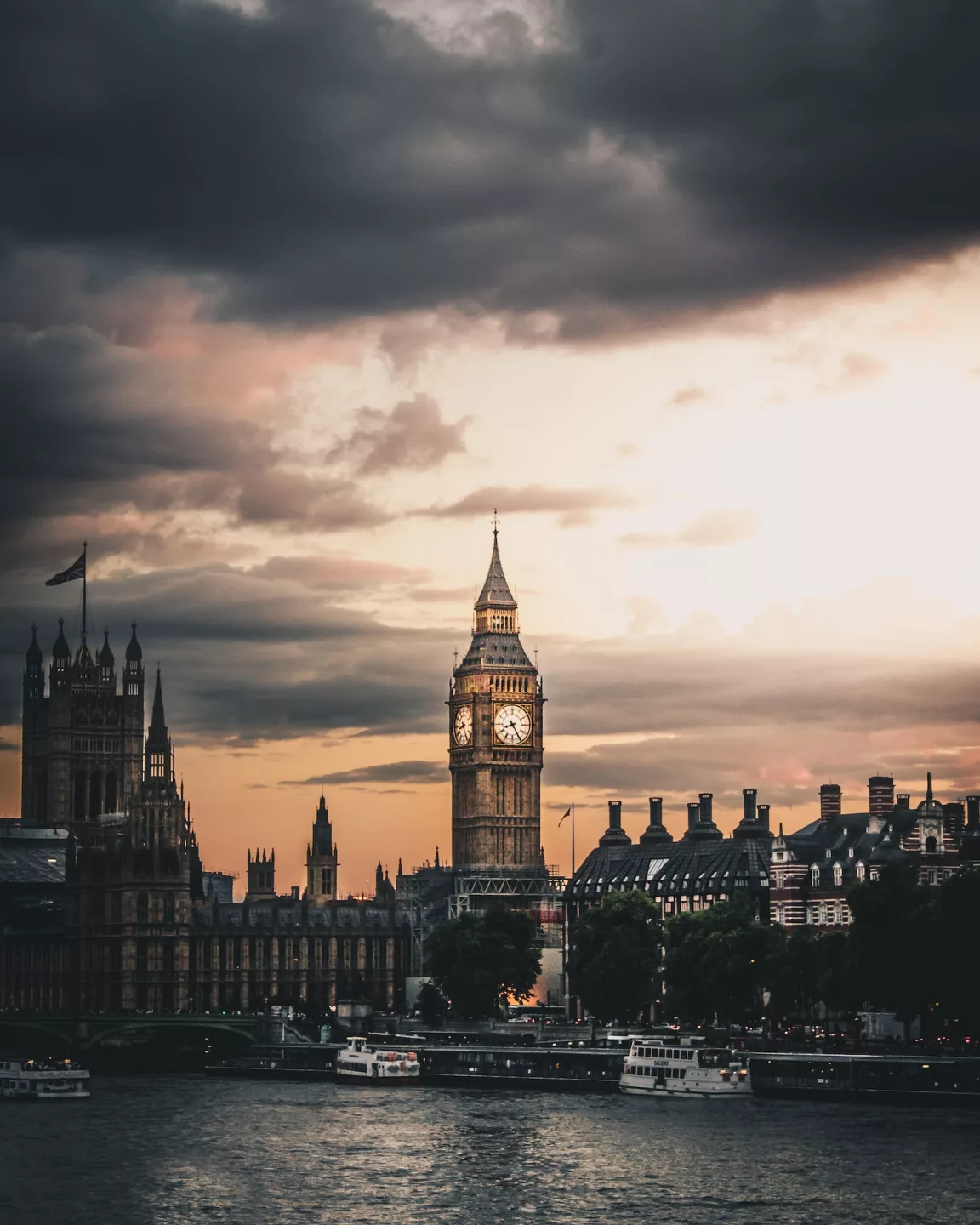The British Parliament, a body responsible for creating and enacting laws, is composed of two houses: the House of Commons and the House of Lords. While the former is elected by the people, the latter is made up of appointed members of the aristocracy. The role of the House of Lords has evolved significantly throughout history, and this article aims to provide an overview of that evolution.
The Origins of the House of Lords in Medieval England
During the Middle Ages, the peerage system developed in England, establishing a hierarchy of titled nobility. The barons, earls, and dukes, along with the king, comprised the early version of the House of Lords. Their role was to advise the monarch and assist with governance. Over time, the peerage evolved into a more organized system, and in the 14th century, the first “parliaments” emerged. These were groups of nobles called together by the king to discuss governance and offer advice. Gradually, the Lords became a formal institution, taking its place alongside the king and the House of Commons in the English Parliament.

The House of Lords in the Early Modern Era
The Tudor and Stuart monarchs of the 16th and 17th centuries had a complicated relationship with the House of Lords. On one hand, they relied on the Lords to provide support and advice. On the other hand, they were wary of the power that the Lords held, and there were several instances where monarchs sought to limit the Lords’ power. The power struggle between the House of Lords and the House of Commons continued to escalate throughout this period, culminating in the Glorious Revolution of 1688, which saw the overthrow of King James II and the establishment of the constitutional monarchy.
Reform and Decline of the House of Lords in the 19th and Early 20th Century
The 19th century saw a series of reforms aimed at reducing the power of the House of Lords. The Reform Acts of 1832, 1867, and 1884 extended the right to vote to more people, which in turn weakened the power of the Lords. The House of Lords responded to these reforms by asserting its right to veto legislation passed by the Commons. This led to a constitutional crisis in 1909, which was resolved with the passage of the Parliament Act of 1911. This Act severely curtailed the power of the House of Lords, limiting its ability to veto legislation to just two years.
The Modern House of Lords
Today, the House of Lords plays a largely ceremonial role in the British political system. It is made up of appointed members of the aristocracy, including life peers who are appointed by the monarch, and hereditary peers who inherit their titles. The House of Lords can still veto legislation, but this power is rarely used. The ongoing debate over the future of the House of Lords has resulted in numerous proposals for reform, including the creation of an elected second chamber, but as of yet, no significant changes have been made.

Side note: Did you know that you can become a lord, too?
To become a lord you just need to visit Lordship-titles.com and browse the available titles, select the one you prefer, and make the purchase. After completing the transaction, you‘ll receive a certificate of ownership that allows them to use the lord title. It’s important to remember that the title is purely honorary and should not be used for any illegal or unethical purposes. Click here to learn more: Lordship- Titles – How to become a lord.
Conclusion
The evolution of the role of Lords in the British Parliament is a complex and ongoing process. The House of Lords has gone from an advisory body of nobles in the Middle Ages to a formal institution in the early modern era, to a largely ceremonial institution in the present day. Its power has waxed and waned throughout history, but it has always been a significant part of the British political system. The ongoing debate over the future of the House of Lords is just one more chapter in this ongoing story.





